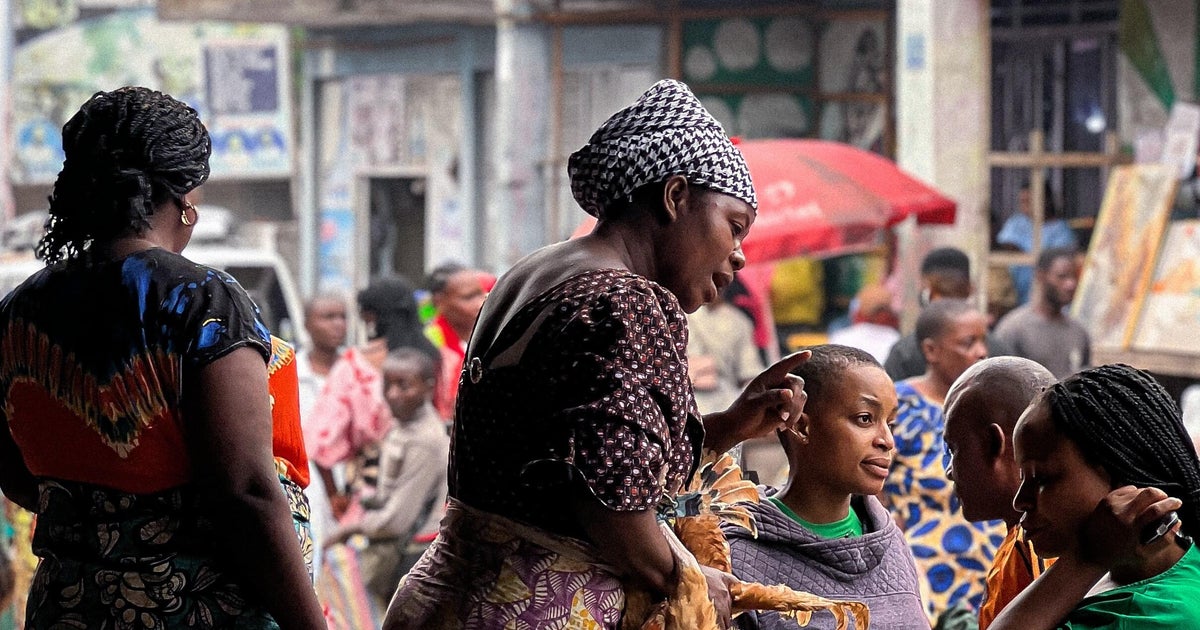Up to 900 bison at Yellowstone National Park to be killed or relocated this winter
Officials have agreed to allow as many as 900 bison from Yellowstone National Park to be shot by hunters, sent to slaughter or placed in quarantine this winter in a program that seeks to prevent the animals from spreading a disease to cattle.
An additional 200 bison could be captured or hunted in the late winter if those numbers are met, federal, tribal and state officials agreed in a meeting Wednesday. Yellowstone currently has around 5,450 bison, on the high end of recent counts, according to park biologist Chris Geremia.
Bison routinely leave Yellowstone and head north into Montana each winter, raising concerns that the animals could spread brucellosis to cattle. Brucellosis is a bacterial disease that can cause cows to abort their calves. The disease can spread to people but is rare in humans in the U.S.
Elk have spread the disease to livestock but there are no documented cases of bison spreading brucellosis to livestock in the wild, the Bozeman Daily Chronicle reported.
Removing 600 to 900 bison this winter should cause the population to stabilize or decline slightly but increase back to around current numbers after spring calving, according to park officials.
As CBS "Sunday Morning" contributing videographer Judy Lehmberg reported last year, Yellowstone managers have tried to deal with the large bison population for years, while at the same time attempting to appease both those who don't want any bison killed, and the hunters, ranchers and some locals who want the population controlled.
Several Native American tribes and the state of Montana separately administer bison hunts outside of Yellowstone National Park.
Some tribes have requested "surplus" bison from Yellowstone to repopulate their reservations. Their request was partially granted in 2019, when 55 male bison were transported to Fort Peck Indian Reservation in central Montana, where a fenced area has been designated for them.



